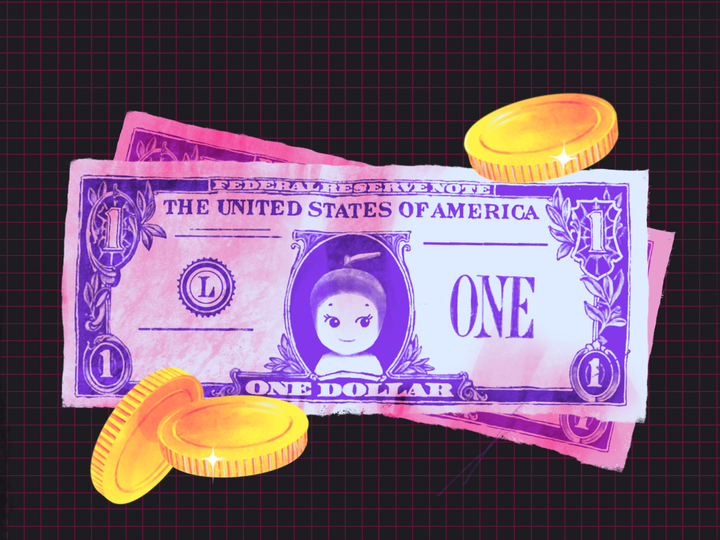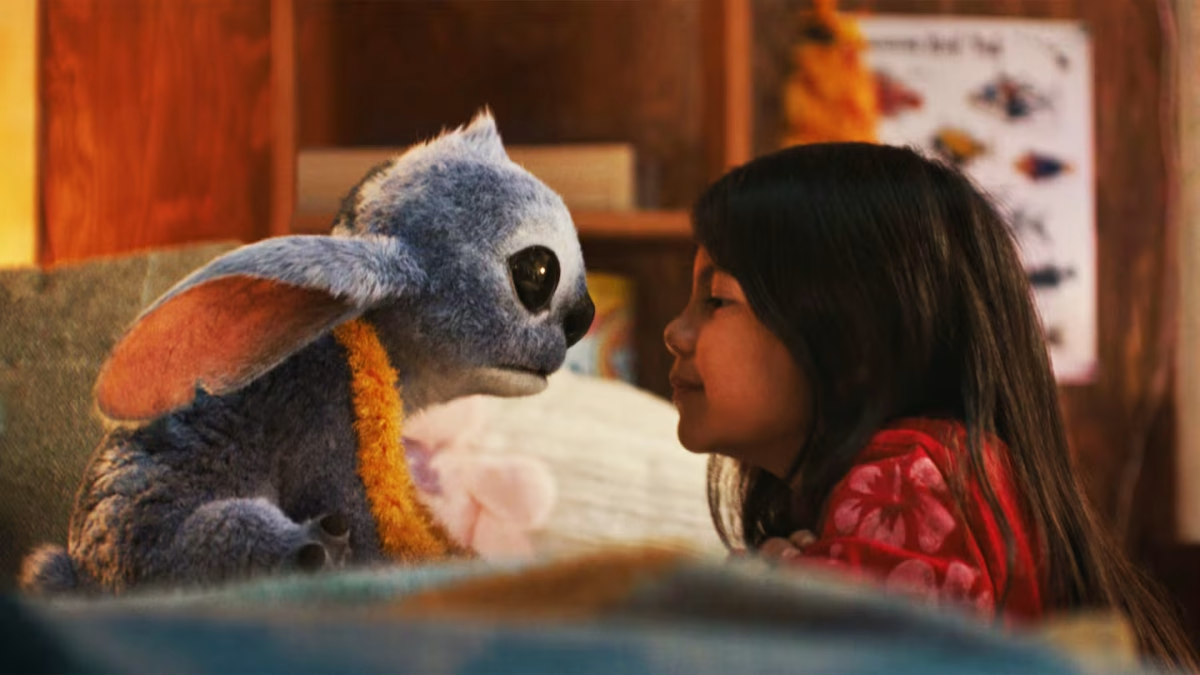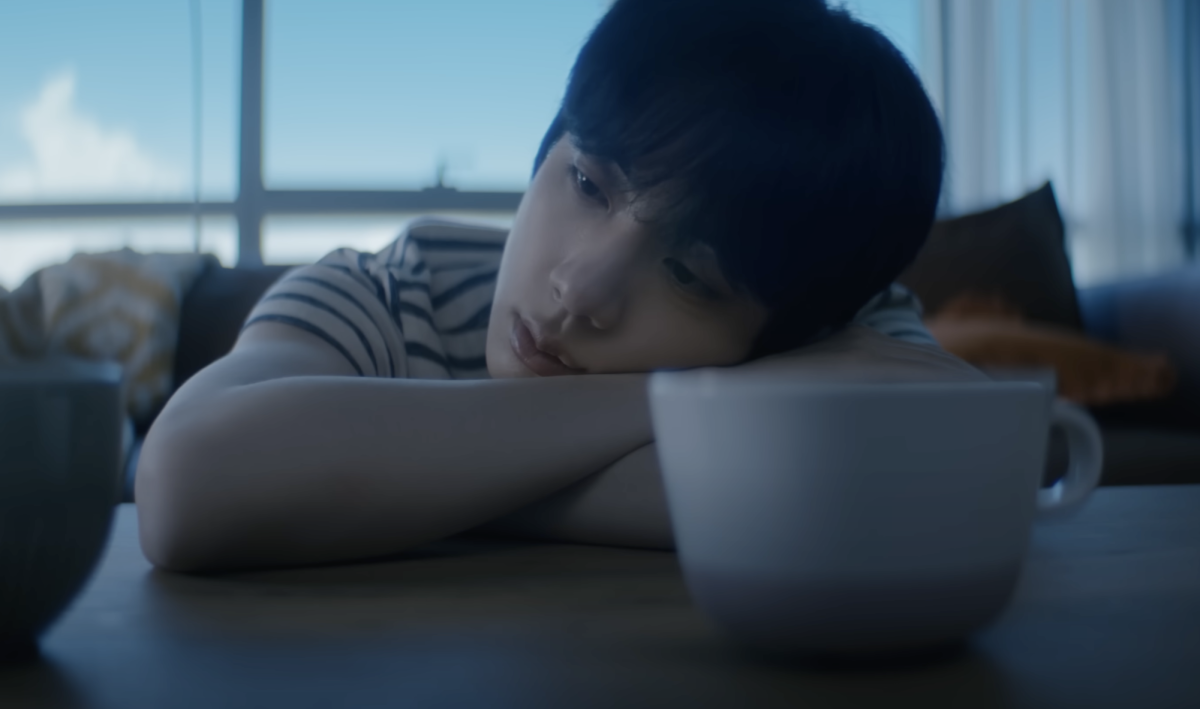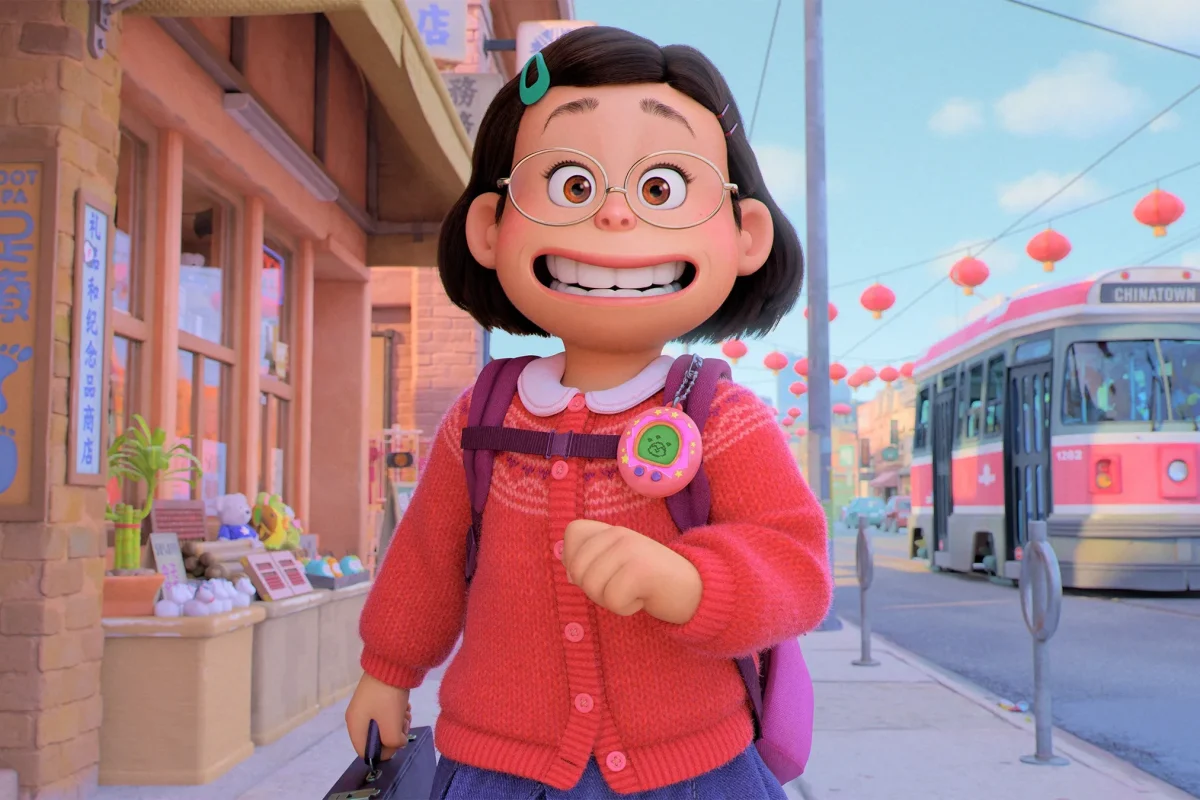One year after being first introduced to “blind boxes,” toys which offer consumers a chance to unbox a random figurine, junior Megan Liu has fully integrated the small mini-figures into various aspects of her daily life. Liu attributes her passion for collecting and taking care of her figurines to their aesthetically pleasing and compact nature, and she continues to purchase them regularly.
“I love how you can attach them to surfaces — for example, your phone or your laptop,” Liu said. “I think it’s so cute because it gives me motivation to do my homework. I feel like it adds a little cute decoration and makes me happy.”
Blind boxes, which retail for around $15 to $35, first found their popularity among American teenagers after the sudden 320% increase in TikTok videos within the last four months of Sonny Angels — small cherub figurines that are produced in various series, including attachable “hippers” and animal costumes. Since then, other blind box brands such as Hirono and Skullpanda have followed suit with quick releases that have gained traction on social media, which Liu believes incentivized her to continue purchasing in unhealthy patterns.
“There are so many different versions coming out, a bunch of different characters, and always different trends,” Liu said. “I remember when I started playing with Sonny Angels, that was a huge trend, and I feel like I’m trying to control myself more and not hop on other trends.”
Junior Katie Hwang, who is also affected by social media’s boosting of blind boxes, purchases figures based on influence and motivation derived from online influencers. Paralleling online posts of blind box consumers using the mystery of the boxes specifically as academic motivation, Hwang purchases boxes as a “reward” for completing assignments.
“I saw a video of this girl writing her essay, and after each paragraph, she opens a blind box,” Hwang said. “For me, it’s some sort of motivation. If I finish something, I’ll go get one, and I’ll have more motivation to go buy one if I feel the need to reward myself.”
Hwang asserts that continuously purchasing the product promotes toxic spending habits, as she sometimes purchases with parent-given disposable income. According to a study led by “video game law” researcher Leon Y. Xiao, the business strategy of blind boxes is to attract consumers to keep buying a product in order to find a figurine that they have a small chance of receiving, similar to the gambling-adjacent “gacha games,” whose mechanics entice teenage purchasers to buy currency for a chance at “pulling” one of many characters. Hwang believes this carries negative implications for those who may not have income to put towards significant discretionary expenses.
“Imagine you get a blind box, and you get something you don’t want,” Hwang said. “For me, if I choose to buy one, there are no negative aspects.”
Business Department Lead Carl Schmidt believes that the uncertain nature of blind boxes makes it easier to appeal to its target demographic, teenagers, who purchase them in search of social validation. Schmidt, like Hwang, emphasizes that these practices can be inherently dangerous to young, naive purchasers, and immensely profitable for businesses and marketers.
“People buy things that make them happy, and people buy things that give them status with their friends,” Schmidt said. “We have something called conspicuous consumption, which people buy — because by owning it, by showing it off, they can get attention and validation from people. Marketing organizations of all sorts are trying to capture the teenagers before they have developed their spending habits, because their value to a company is much higher than someone in their ‘60s and ‘70s, because they have a whole lifetime of spending to go.”
Liu agrees with Schmidt, and views her habitual purchasing of blind boxes as a product of how advertisements have influenced her, as well as the instant gratification she receives by opening more boxes. Despite the money Liu uses to spend on boxes, and the amount the producing companies make, Liu still feels as if her desire for character design and style as a consumer are underrepresented.
However, Hwang disagrees, and asserts that manufacturers of the products have put the money to good use in continuously satisfying consumer demand.
“There have been a lot of new types, and obviously getting a lot of attention because they’re very cute,” Hwang said. “They’re making and designing many more products, and Sonny Angels have taken feedback in making new styles.”
Despite feeling underrepresented, Liu is drawn to purchasing blind boxes as more unique styles of each character are released. While she believes that the satisfaction she gains from opening boxes is worthwhile for the price that she spends, she says that her status as a high school student has inhibited her income. Liu recognizes the unhealthy relationship between her and blind box companies that has motivated her to continue purchasing without a reliable source of spending money.
“It’s not really good for my bank account — each box is $25, and that adds up. I feel like I should be spending my money on more practical things, instead of naked little babies,” Liu said. “I don’t think it’s sustainable at all, especially since I’m a junior and too busy to get a job right now, so I’ve been struggling a lot to fund my purchases.”
Schmidt recognizes the tendencies of blind box companies to incite cycles of production and marketing in order to incentivize consumers to purchase a product — even ones they may not be as interested in.
“These people come in with a great idea, and maybe the only idea they have over a lifetime, or they may have several,” Schmidt said. “They’re getting rewarded for this idea, and they’re going to continue until they cease getting rewarded and move onto something else.”











